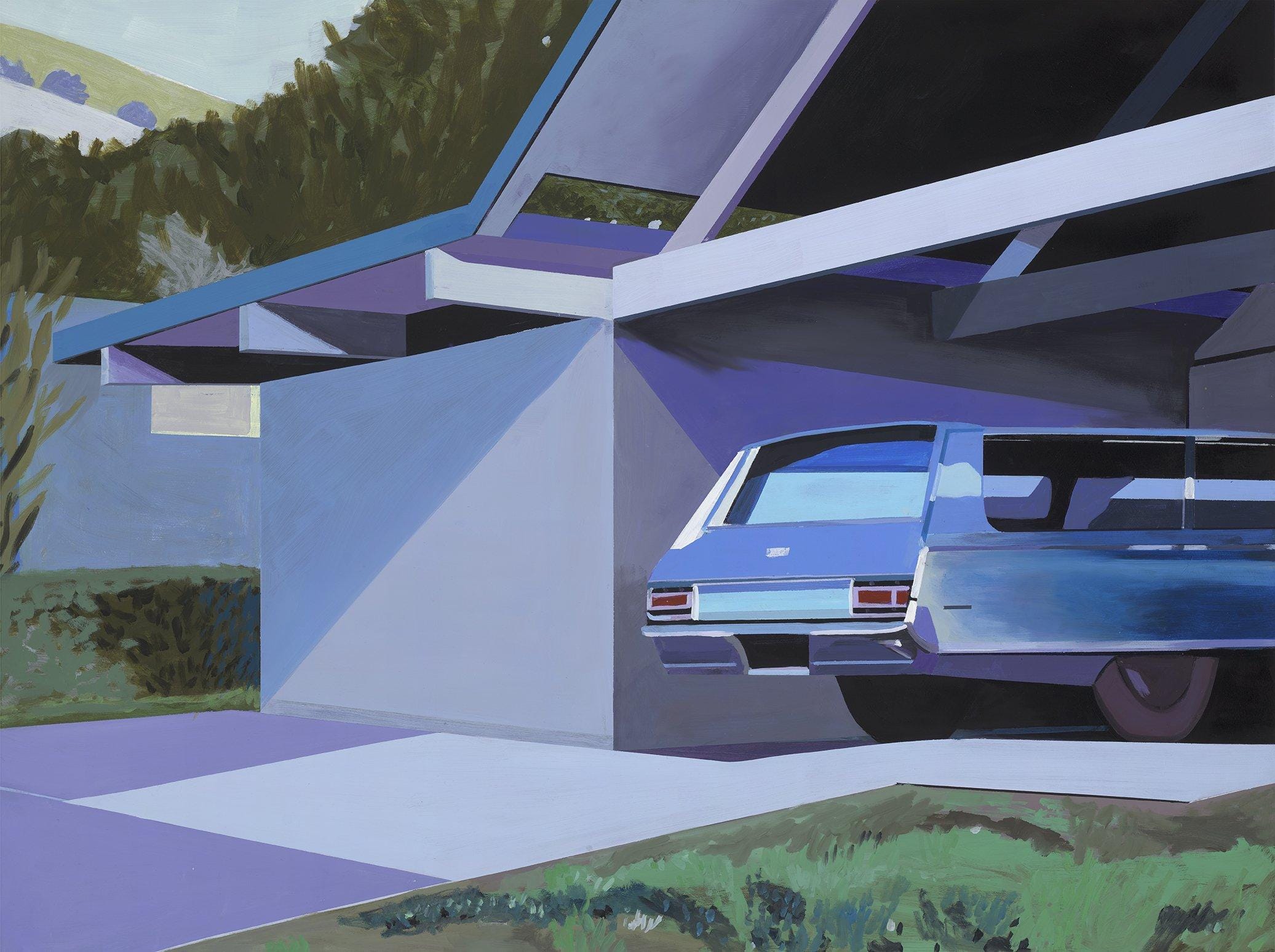
The Light and Nostalgia of Jessica Brilli
The Light and Nostalgia of Jessica Brilli
Jessica Brilli’s paintings exist in the space between memory and reality, where sunlight lingers a moment too long and where the past is not so much recalled as it is vividly reconstructed. Her work is an exploration of mid-century Americana, capturing fragments of a world that feels familiar yet distant, as though viewed through a sun-faded photograph. At first glance, her paintings appear hyperreal, almost photographic, but there is something softer at play—a warmth, an intimacy that transcends mere reproduction.
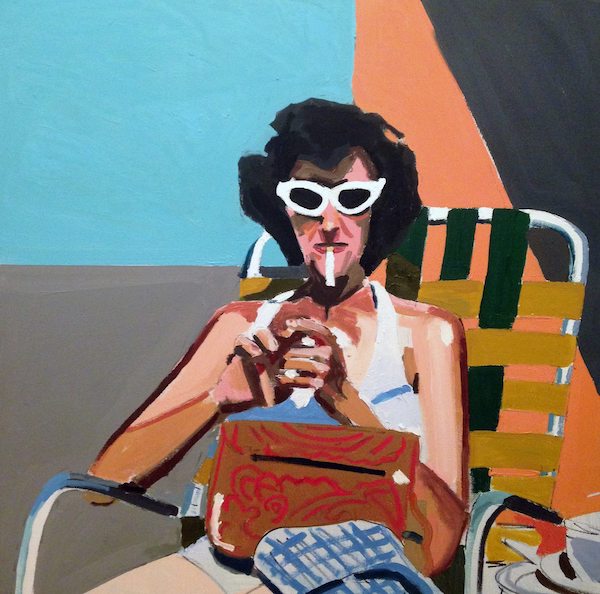
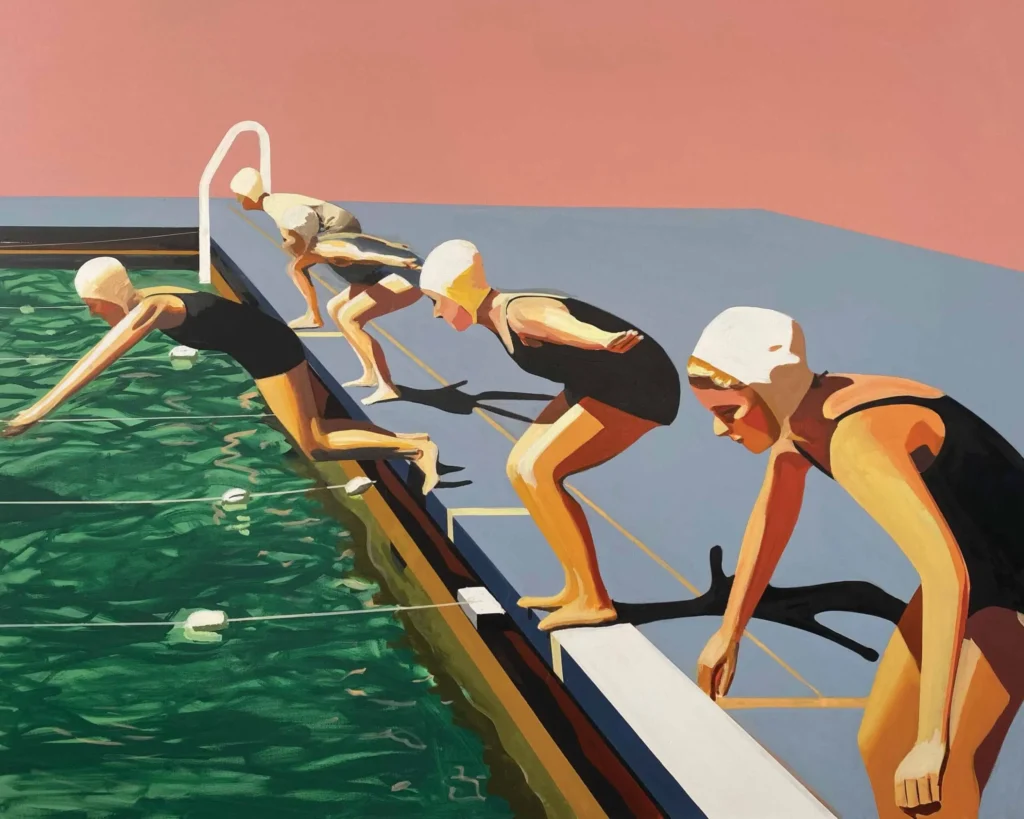
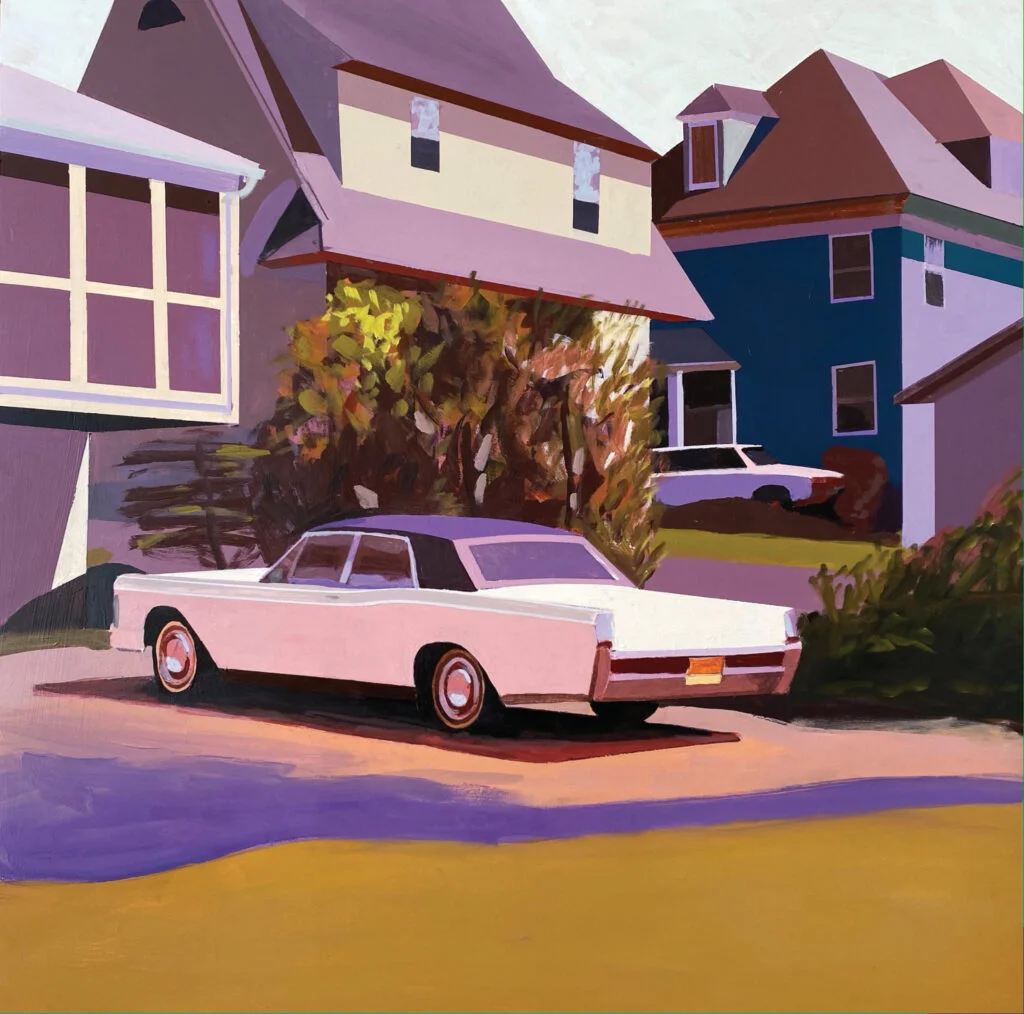
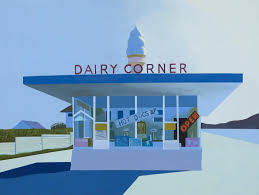
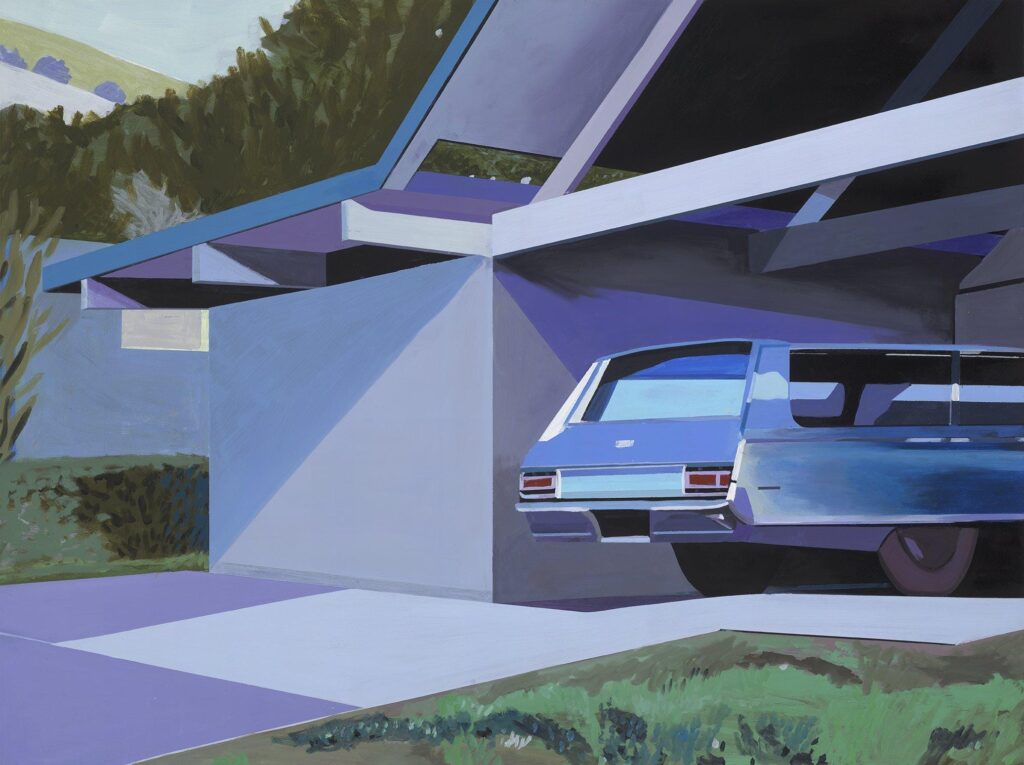
Brilli’s subject matter leans heavily on the artifacts of the American midcentury: vintage radios, rotary telephones, motel signs, automobiles with chrome-lined fenders reflecting an impossibly blue sky. Each composition is a careful study in geometry and color, with clean lines and expansive spaces that evoke the stylized minimalism of Edward Hopper but without his signature loneliness. There is solitude in Brilli’s work, but it is not an isolating solitude. It is the quiet of a summer afternoon, the hum of a radio playing in another room, the stillness of a moment preserved.
Light plays a dominant role in her paintings. The way it falls across the hood of a vintage sedan or stretches long across a suburban lawn turns everyday scenes into something luminous. The sharp contrast between sunlit surfaces and deep, angular shadows gives her work a cinematic quality, as if we have stumbled upon a lost frame from a technicolor film. There is a narrative presence in each painting, a sense that these are not static images but stories captured in the pause between motion.
Many of Brilli’s paintings focus on figures caught mid-action—swimmers poised at the edge of a pool, a woman reclining in a lounge chair, a group of people waiting in the shade of a parked car. These figures do not exist in isolation but rather as part of an unspoken dialogue with their environment. They are suspended in a moment of stillness, not frozen in time but immersed in it. Their bodies, often drenched in golden light, become extensions of the world around them, blending into the architecture of memory and place.
Yet, some of her most haunting works are the ones devoid of human figures, where a car sits idling with no driver in sight, a house stands alone under a pale sky, or an empty motel room glows in artificial light. These paintings do not just capture a scene; they capture a moment in time, an entire year, an era. The absence of people does not make these works feel abandoned but rather infused with a lingering presence, as if the viewer has just missed someone, as if the echoes of the past still reverberate within the frame. They carry something ethereal, a subtle haunting that suggests time has stretched and folded over itself, leaving behind these frozen remnants of life once lived.
This interplay between human presence and the surrounding world gives Brilli’s work a sense of movement, even in its stillness. The poised divers, the lounging sunbather, the shadowed silhouettes against bright walls—each figure carries an energy, a sense of continuation beyond the frame. The empty scenes, on the other hand, invite the viewer to step in and fill the space with their own memories, their own nostalgia for something just out of reach.
The charm of Brilli’s work lies in its quiet insistence that the past is never truly gone. These paintings are not just homages to a bygone era; they are invitations to step into a world where time slows, where the weight of memory is softened by the golden hue of afternoon light. In a world increasingly driven by speed and impermanence, Brilli’s paintings remind us that there is beauty in the pause, in the act of looking, in the spaces where nostalgia and presence intertwine.

